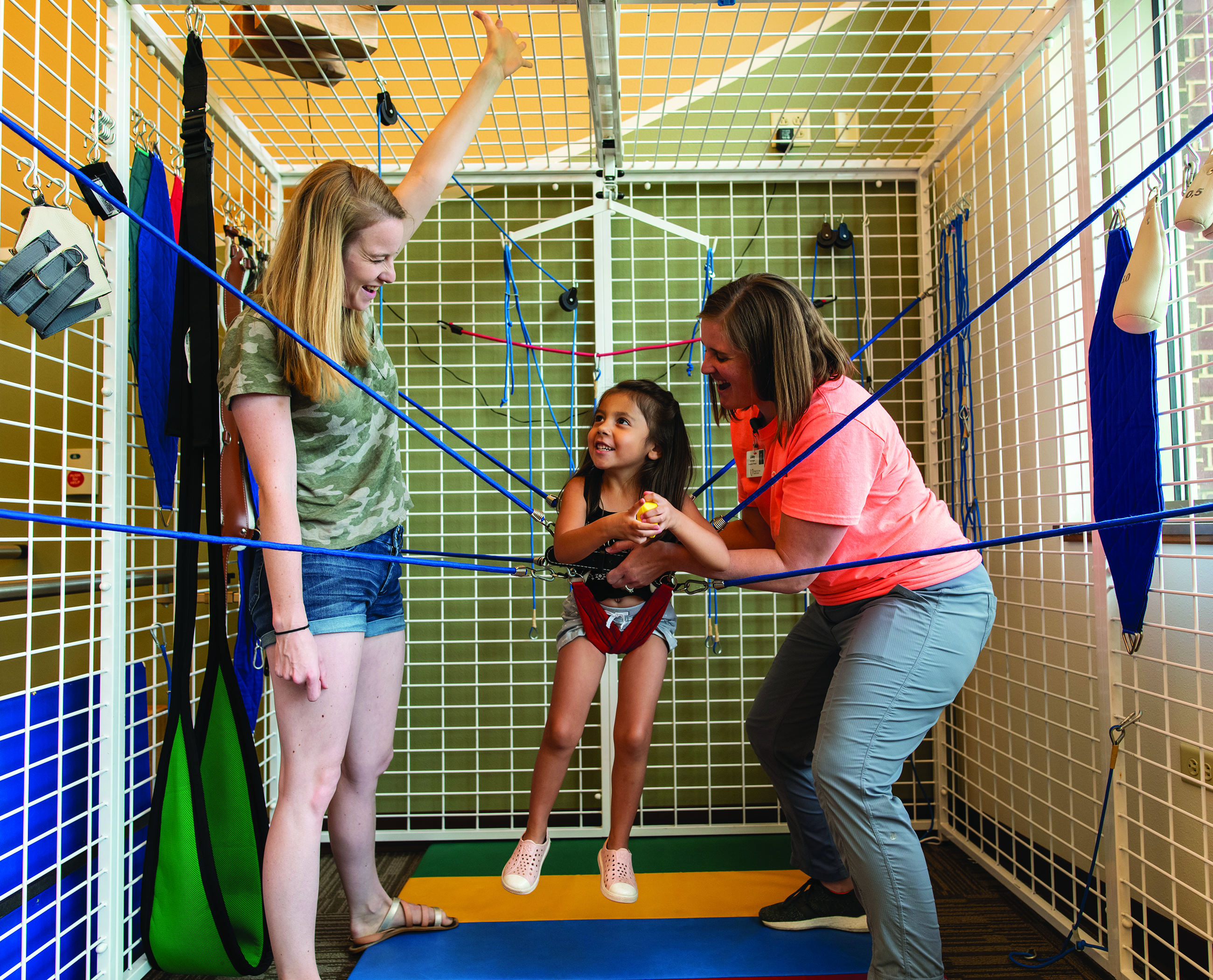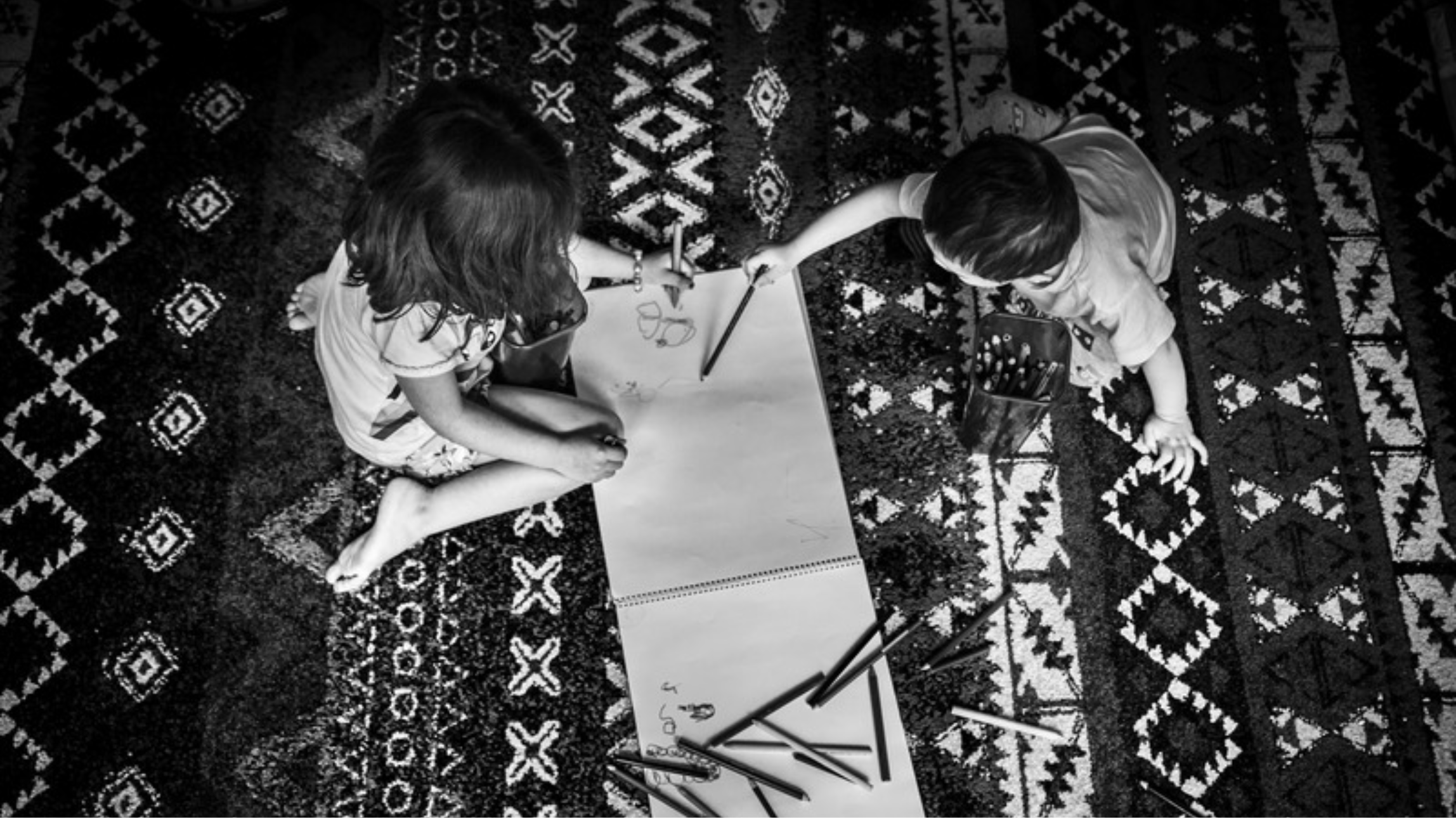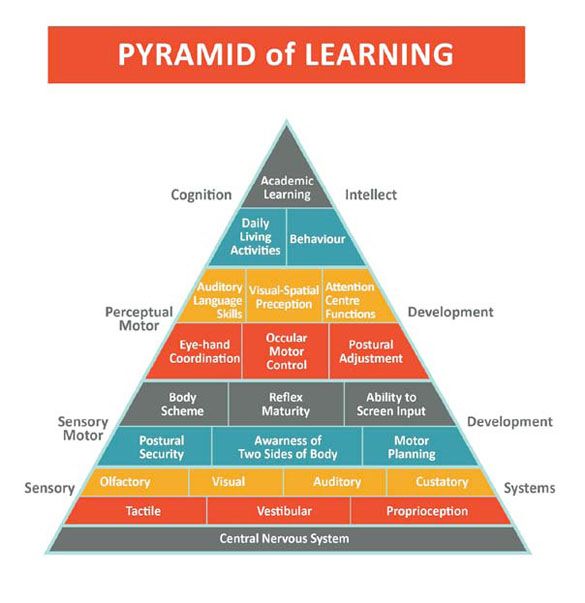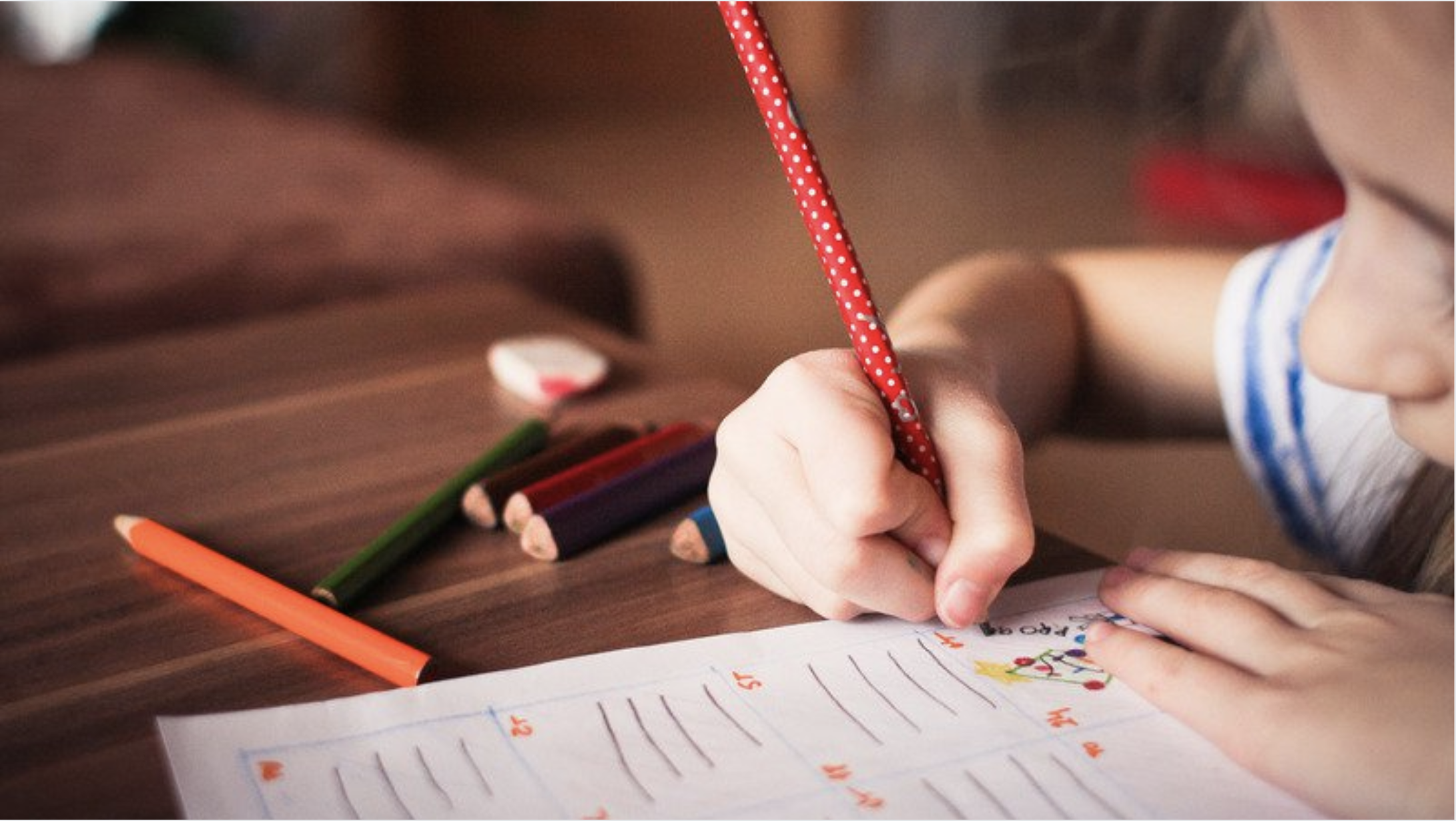Many children from hard places have challenges meeting their sensory and motor needs. Unmet sensory and motor needs can present as negative behaviors that interrupt other areas of life.
Libby Van Bruggen, Pediatric Occupational Therapist, guides caregivers in understanding a holistic approach to identifying and helping meet various sensory and motor needs. Through these support resources, she works to help caregivers understand that meeting these foundational needs first will lead to greater resources for learning. She teaches caregivers how to use observation to identify children’s needs and how to manage sensory input in an organized manner for your child.
Topics included: identifying sensory and motor needs, sensory seeking behaviors, self-soothing behaviors, managing sensory input, strategies for organized input,

MEET OUR SPEAKER
Speaker Name: Libby Van Bruggen
Credentials: Pediatric Occupational Therapist at Orange City Area Health, wife, and mother of three.
Crowning achievement: Walking alongside kids and caregivers to see past their often paralyzing challenges and instead move towards becoming their best selves – whole, valued, and in control.
The ONE THING he hopes you take away: We live in a world of brokenness affected by sin and we won’t see full healing until Jesus returns. But we don’t have to stay stuck. We need to lean on God and others when it is hard, when there aren’t answers, and when the brokenness hurts too much. We can use these resources to fight the hard together.

OUR BRAIN AND OUR BODIES
It’s likely you’ve heard about Maslow’s Hierarchy of Needs at some in your life – this idea that every person has basic needs that must be met (like food, water, feeling safe) before they can ever move to a place of love and belonging, strong self-esteem, and self-actualization. But did you know something very similar is also true about our brains and our bodies?

The Pyramid of Learning is a way of looking at the whole child. The very foundation of the pyramid is a child’s central nervous system which is closely linked to their sensory systems. Adequate sensorimotor development is built on adequate registration and processing of sensory information (from the tactile, vestibular, proprioception, olfactory, visual, auditory and gustatory systems). Sensory motor development includes postural security, awareness of two sides of the body, motor planning, body scheme, reflex maturity and ability to screen input. This then supports perceptual motor development including eye-hand coordination, ocular motor control, postural adjustment, auditory language skills, visual-spatial perception and attention center functions.
These are the underlying supports needed to help children achieve the pointy end of the pyramid (ie. daily living activities, behavior and academic learning).

WHAT IS SENSORY PROCESSING?
-
- Sensory processing is the brain’s ability to receive sensory information from the environment or the body and respond appropriately.
- Individuals with Sensory Modulation Disorder have difficulty responding appropriately to the sensory environment and remaining at the appropriate level of arousal or alertness.
- There are three primary types of Sensory Modulation Disorder: Over-Responsivity, Under-Responsivity, and Sensory-Seeking.
- For a more in depth explanation of each, please refer here: https://sensationalbrain.com/wp-content/uploads/2010/03/Parent-SMD-Sheet1.pdf
STEPS TO SEEK HELP IF YOU THINK YOUR CHILD MIGHT HAVE A SENSORY DISORDER
-
- Look for patterns in your child’s behavior.
- Make environmental accommodations as needed.
- Ask the support group for ideas.
- Seek out an Occupational Therapist who works with sensory processing and with pediatrics
If you think your child may have a sensory processing disorder, begin by filling out the sensory system checklist:
Birth to 3 Years: https://sensationalbrain.com/wp-content/uploads/2018/06/SB-Sensory-Checklist-Birth-to-3_20180619.pdf
3+ Years: https://sensationalbrain.com/wp-content/uploads/2010/03/SB-Sensory-Checklist-English-2017.pdf
School Checklist: https://sensationalbrain.com/wp-content/uploads/2010/03/SB-School-Checklist.pdf

SENSORY STRATEGIES TO BE USED AT HOME
There are several steps you can take to work with your child(ren) at home such as;
- Post a written schedule and stick to it as much as possible. For a schedule that changes daily, use velcro on the backs of pictures to make easy changes.
- Minimize screen time (video games, computers)
- Choose a relatively calm time during the evenings for completion of homework and establish a homework spot that is relatively free of distractions.
- Schedule movement time throughout the day
- Activities that provide deep pressure to the muscles and joints are always helpful to the nervous system (jumping, therapy ball, climbing toys, etc.)
- Provide brain breaks using GoNoodle, jumping/tumbling, yoga, stretching, or hanging
- Joint compressions
- Non-competitive extracurricular activities (swimming, yoga)
Keep in mind: HOW you provide input is actually more important than WHAT input you provide.
ADDITIONAL IDEAS to help with transitioning from School to Home
- Try sensory room at school prior to dismissal
- Find a safe place for your child when he/she gets home
- Provide down time when he/she gets home from school
- Pair engagement and attachment with sensory input
- Brain Breaks: Go Noodle www.gonoodle.com
- Intentional breathing

ADDITIONAL RESOURCES
Check out these suggestions from our speaker!
- More on Joint Compressions
- Sensational Brain https://sensationalbrain.com/free-resources/
- Pitch a sensory room to your school
- Brain Breaks: www.gonoodle.com
- Karyn Purvis DVD: A Sensory World (Available for check out through Katelyn’s Fund Support team)


